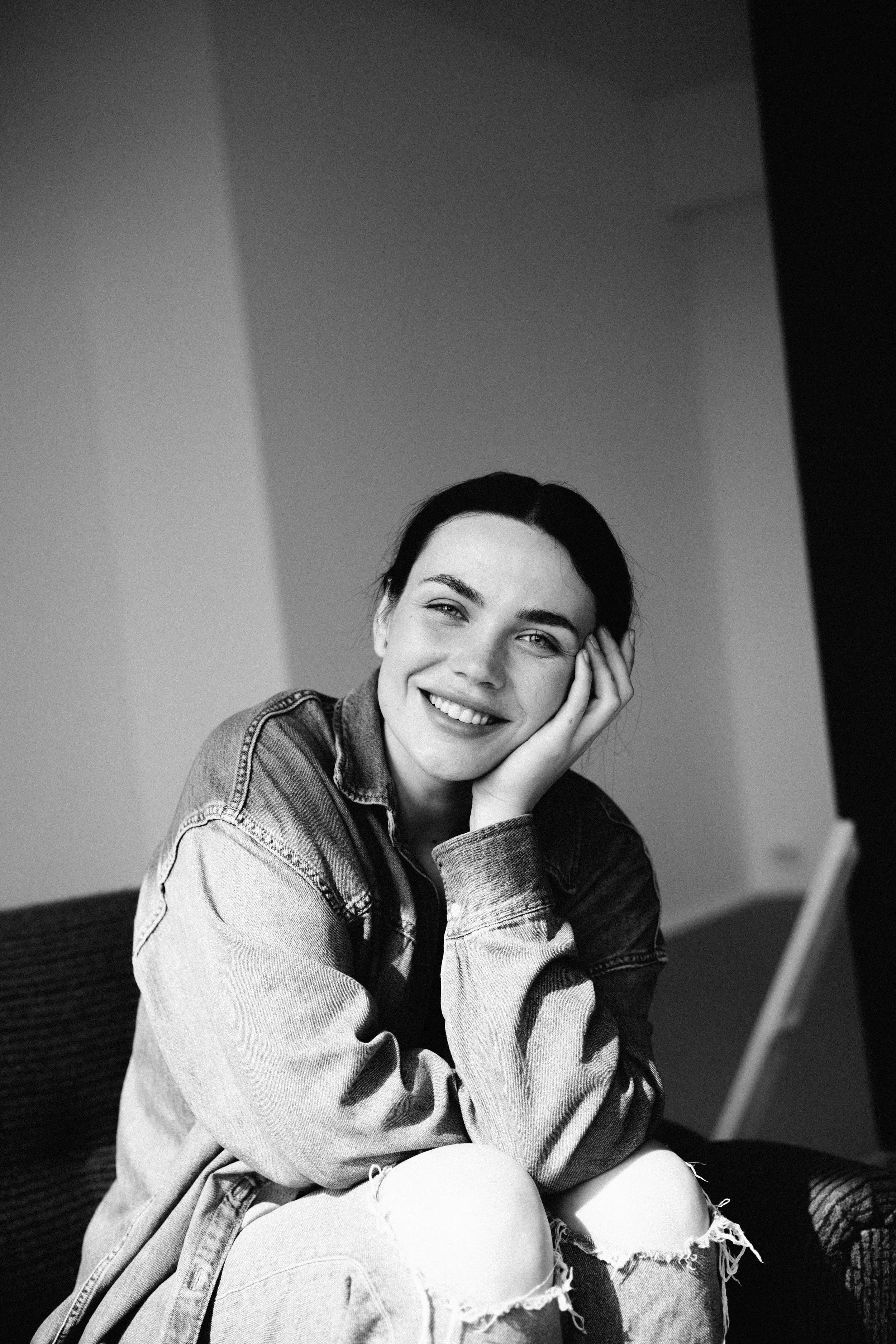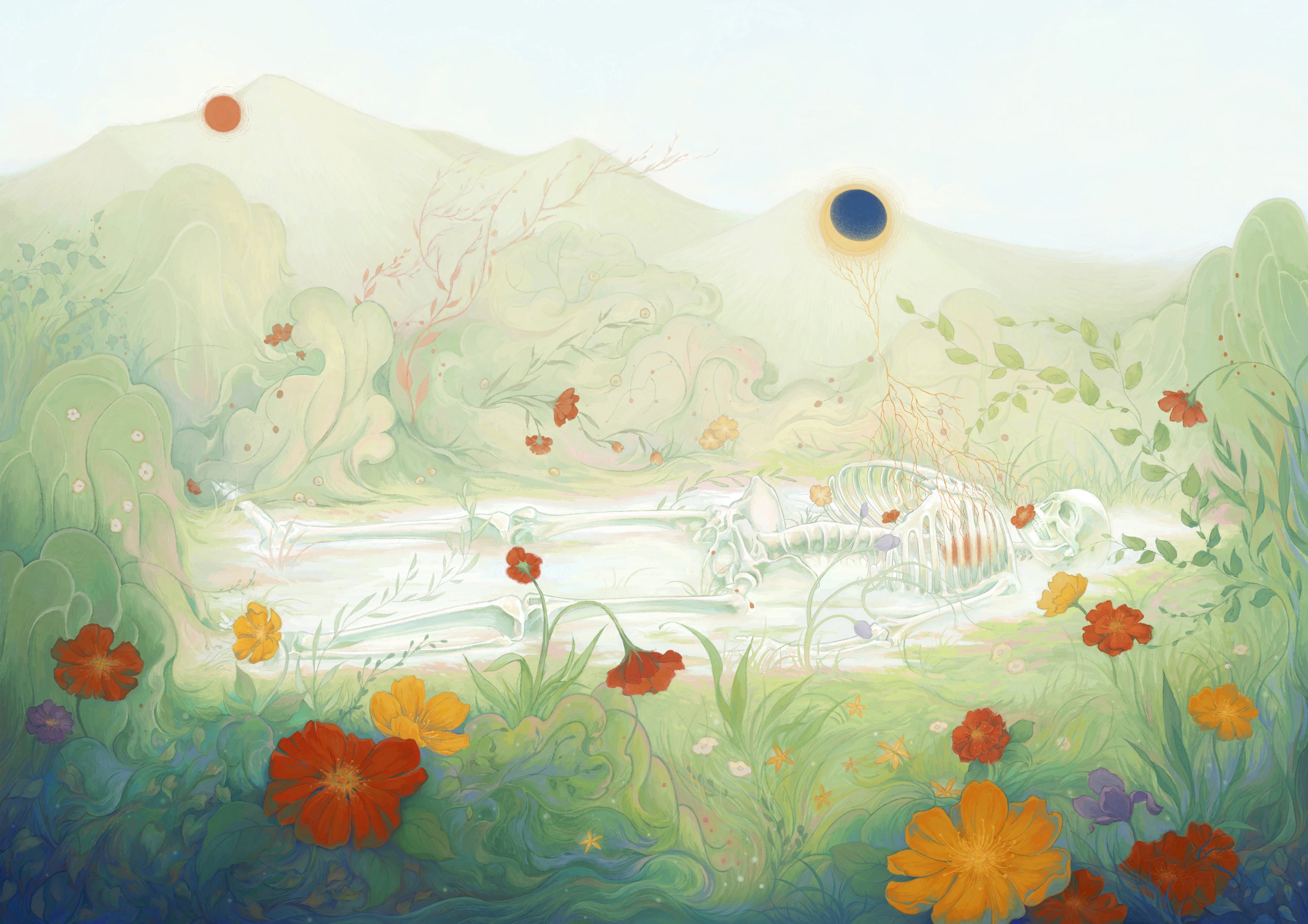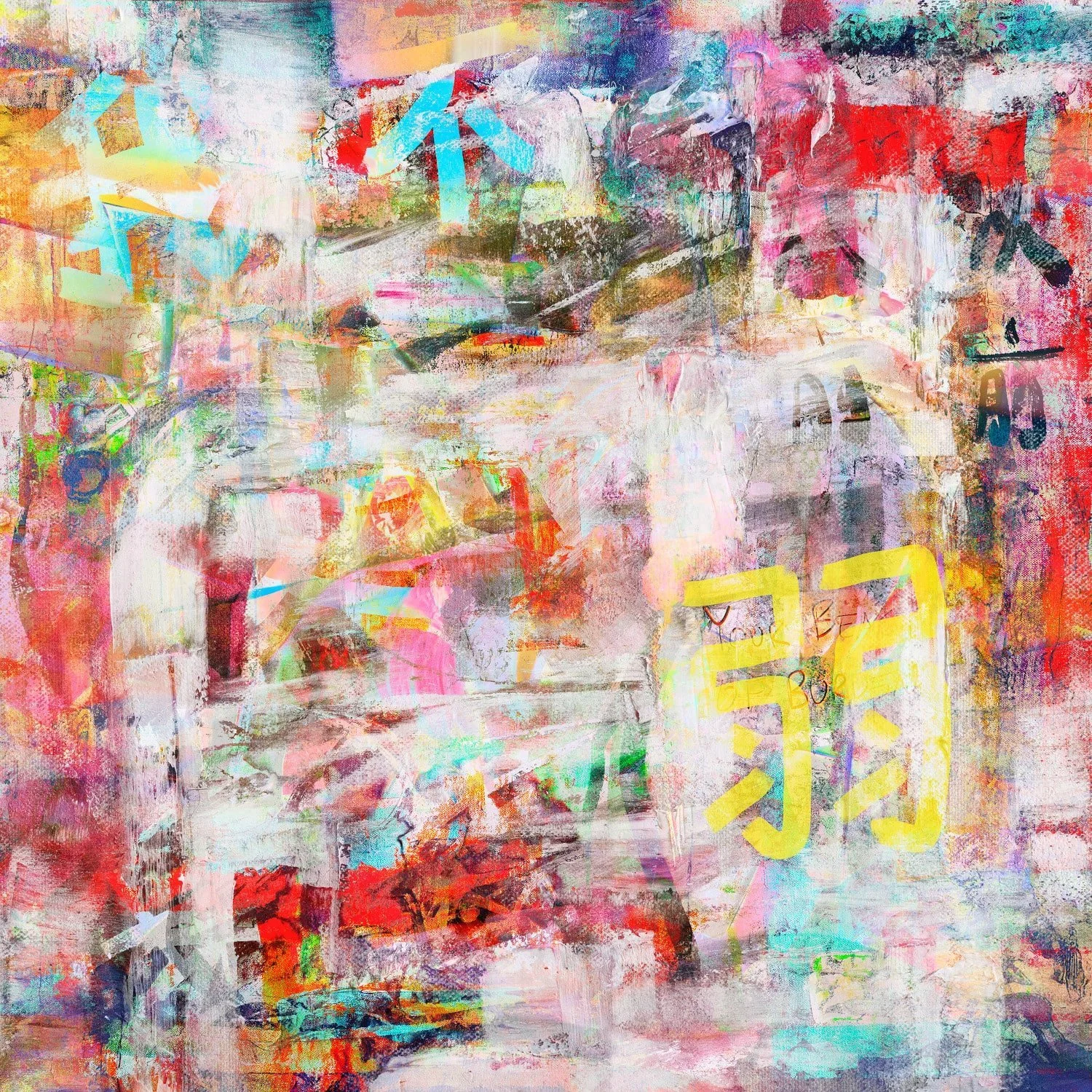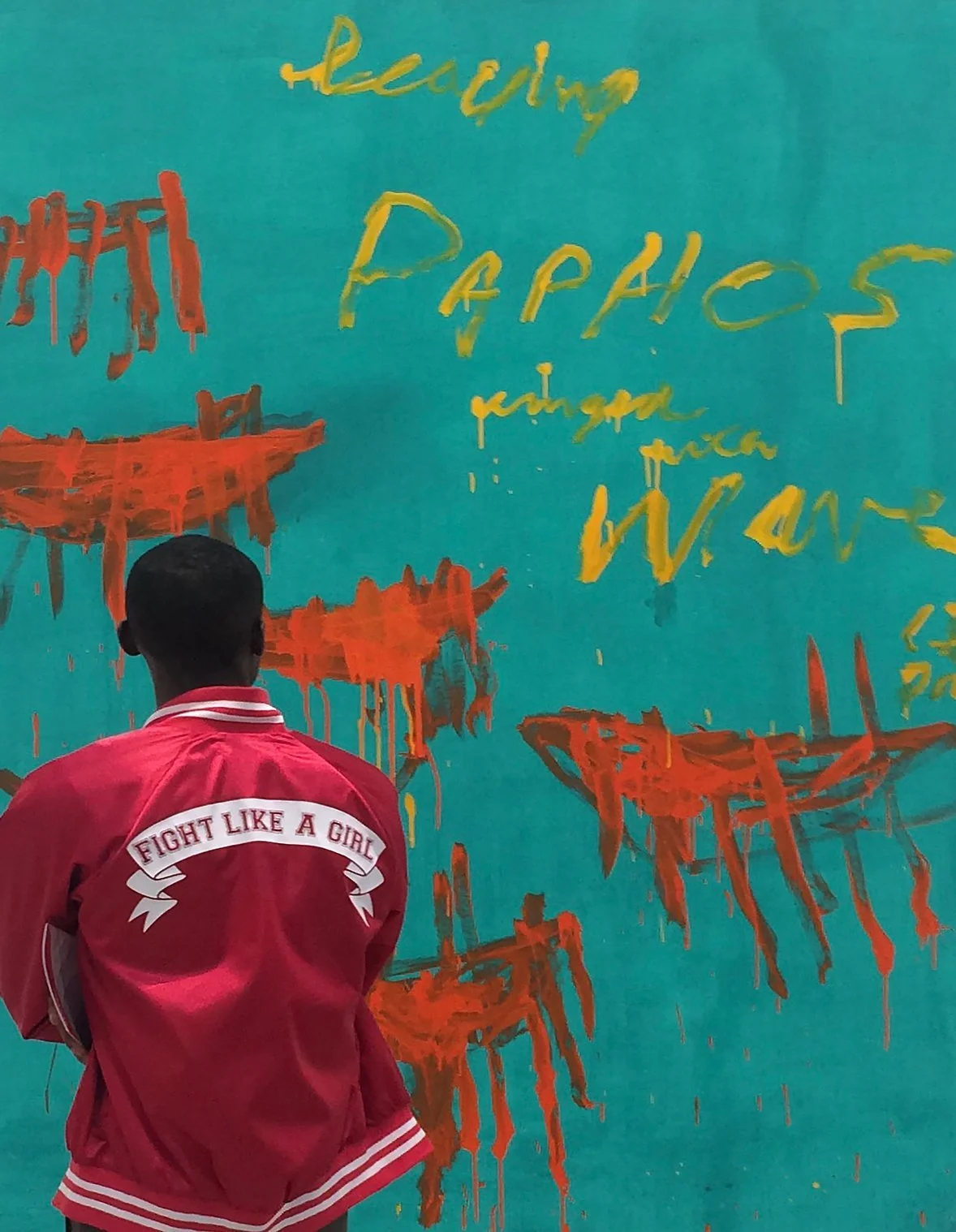10 Questions with Emma Shleiger
Emma Shleiger is a painter and researcher living on the shores of Lake Baikal, the deepest and purest lake in the world. The grandeur of this natural environment has shaped her artistic vision as a path of inner focus, sincerity, and responsibility for form.
A representative of the classical Russian academic tradition, Emma preserves and evolves a school rooted in philosophical depth and technical mastery. Her work centres on the human figure, where form becomes a way of thinking, and painting, a reflection of meaning through presence and precision.
Her academic research explores the philosophy of academic painting in the context of the post-digital era. As both artist and thinker, she is the author of scholarly articles examining the intersection of tradition and contemporary visual language.
Emma is a member of the International Guild of Realism (USA), Mondial Art Academia (France), the Eurasian Union of Artists, and the Professional Union of Artists. She is a laureate of four international art awards. In 2025 alone, she participated in over 20 exhibitions, including juried international shows such as Stella Virtuoso, Art Excellence, Artist World, ART EXPO IN CHINA, and exhibitions in Mexico City and beyond.
Emma Shleiger - Portrait
ARTIST STATEMENT
“I believe that painting is a language through which one can speak of the eternal without words. My work is a search for a form capable of conveying not only the external appearance, but the inner structure of human presence.”
— Emma Shleiger
Steppe, digital, 29x42 cm, 2025 © Emma Shleiger
INTERVIEW
Let’s start from the basics. Who are you, and when did you first get interested in art?
I am a painter shaped by the classical tradition and by the quiet persistence of inner questions. My earliest memories are filled with lines, graphite lines on the margins of books, ink on my fingers, the strange satisfaction of turning something invisible into form. Art was never simply a hobby or skill; it felt more like a way of being in the world. Over time, it became clear that this calling would ask for everything, and I was ready to give it.
Could you tell us what first drew you to painting and why you chose the human figure as your main subject?
Painting offered a language when words failed. I was drawn to the human figure because it contains paradox: vulnerability and dignity, silence and story, time and transcendence. The body doesn't lie, it remembers. It holds memory in posture, gesture, and gravity. Through the figure, I discovered that the surface of things is never the end. Painting the human form is, for me, a way of touching the soul without breaking it open.
You, digital, 29x42 cm, 2025 © Emma Shleiger
How do you see the classical Russian academic tradition shaping your artistic voice today?
The Russian academic school gave me something that feels increasingly rare: depth over novelty, discipline over speed, form as a vessel of meaning. It taught me that true expression arises from structure, not in spite of it. What moves me most in this tradition is its spiritual seriousness, the belief that beauty is not decor, but revelation. This ethos continues to shape every aspect of my work, even as I engage with contemporary themes.
Living by Lake Baikal must be inspiring. How does this natural environment influence your creative process?
Living near Baikal is like living beside a presence that breathes slowly. Its vastness is not only visual, it's spiritual. The lake teaches patience and scale, a kind of still awareness that humbles you. Here, I learned to listen before I speak, even in painting. The quiet cycles of fog, wind, thaw, and ice remind me that time is circular, not linear. That sense of rhythm informs how I work, not in haste, but in resonance.
You describe painting as a language to speak of the eternal. What does “eternal” mean to you in your work?
The eternal is not a concept, it's a presence. It's what remains when the noise fades. In my paintings, I try to capture this silence behind the visible. The eternal can be found in a glance, a hand resting on a table, the fall of light across the skin. I'm not interested in spectacle; I'm searching for moments where something essential emerges, not dramatic, but undeniable. That, to me, is the pulse of the eternal.
Freezing, digital, 29x42 cm, 2025 © Emma Shleiger
Baikal, digital, 29x42 cm, 2025 © Emma Shleiger
Your research explores academic painting in the post-digital era. What challenges or questions does this bring up for you?
We live in a time of infinite images, yet decreasing attention. The digital world fragments our sense of continuity and self. In this context, classical painting becomes almost radical in its slowness, in its insistence on presence. My research asks: how can traditional forms survive without becoming nostalgic? Can they evolve without losing their soul? I believe that academic painting still has an urgent role not as resistance to modernity, but as a deepening of it.
What do you hope viewers feel or reflect on when they see your paintings?
I hope they remember something, not necessarily a fact, but a state of being. I want my work to act like a mirror, not in likeness, but in resonance. If someone walks away feeling a little more human, a little more awake to their inner life, then the painting has succeeded. I don't offer answers. I try to ask questions that stay with the viewer longer than the viewing itself.
You’ve shown your work internationally this year. What has that experience meant for you as an artist?
It's deeply humbling. When something created in solitude, often in doubt, often in silence, travels across borders and cultures, it affirms the universality of feeling. That's the most sacred thing art can do: remind us that we are not alone. The international exhibitions this year have expanded not just my audience, but my understanding of connection. It's not about visibility, it's about communion.
Light, digital, 29x42 cm, 2025 © Emma Shleiger
What are you currently exploring in your studio or research that excites you most?
I'm working on a cycle about ageing not as loss, but as presence. I'm fascinated by the dignity of wrinkles, the grace of time made visible. At the same time, I'm building a visual archive of Indigenous cultures around Lake Baikal, painting portraits and landscapes that preserve memory before it fades. These two themes, memory and presence, feel deeply connected in my current work.
Finally, where do you see yourself and your art in five years from now? What do you hope the future holds for you?
I want to go deeper into form, meaning, and authenticity. I hope my art continues to grow roots, both in tradition and in contemporary life. I would love to teach more, write more, and create spaces for awareness and genuine encounters with oneself, with others, and with what cannot be easily named. In five years, I hope I'm still asking real questions through brush, through language, through presence.
Artist’s Talk
Al-Tiba9 Interviews is a promotional platform for artists to articulate their vision and engage them with our diverse readership through a published art dialogue. The artists are interviewed by Mohamed Benhadj, the founder & curator of Al-Tiba9, to highlight their artistic careers and introduce them to the international contemporary art scene across our vast network of museums, galleries, art professionals, art dealers, collectors, and art lovers across the globe.




















